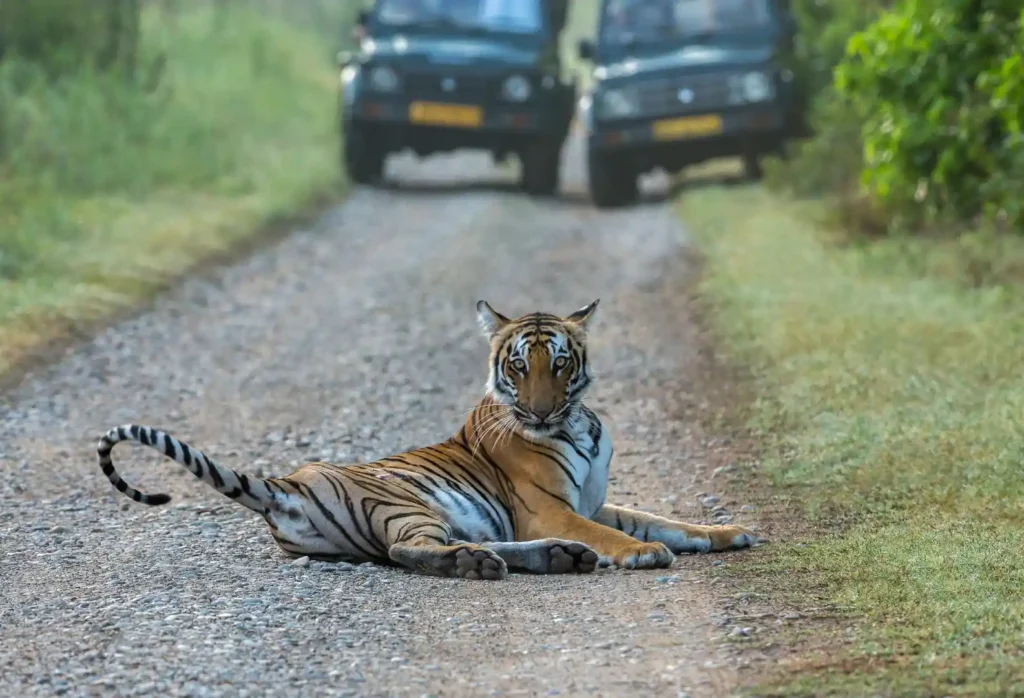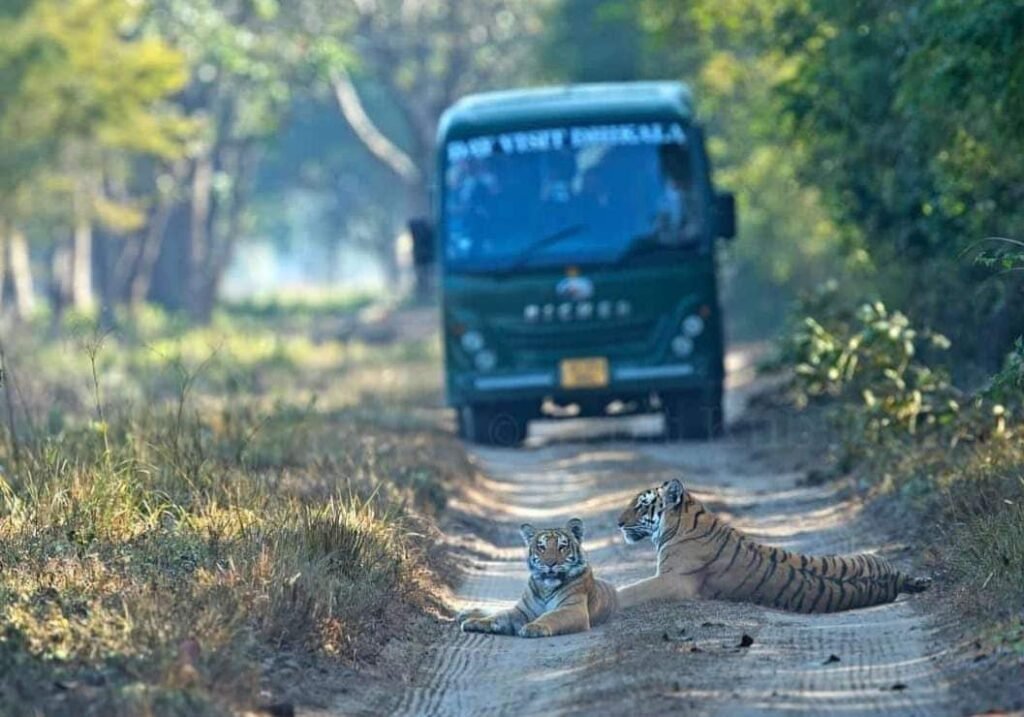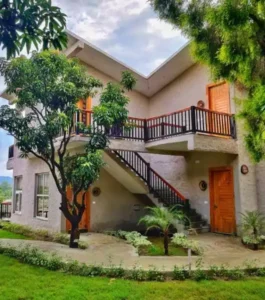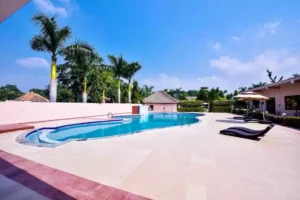
Jim Corbett Tour Packages
Jim Corbett Packages Discover the unmatched thrill of exploring the wilderness with our specially designed Jim Corbett packages. Whether you’re an adventure seeker, a couple

Your Geteway To Advanture in The Heart of Nature.
Jim Corbett National Park, situated in the foothills of the Himalayas in Uttarakhand, is a treasure trove of biodiversity and natural beauty. Established in 1936 as Hailey National Park, it was later renamed after the legendary hunter-turned-conservationist Jim Corbett. Spread across 520 square kilometers, the park is famed for its diverse terrain, ranging from dense sal forests to vast grasslands and riverine belts.
The park is part of the larger Corbett Tiger Reserve and is especially renowned for being the first to come under Project Tiger in 1973, aimed at protecting the endangered Bengal tiger. Corbett is home to a wide variety of wildlife, including elephants, leopards, deer, wild boars, and over 600 species of birds, making it a paradise for nature enthusiasts and birdwatchers.
Visitors can explore its five tourism zones, including Dhikala, Bijrani, and Jhirna, through jeep safaris, canter safaris, and treks. With its stunning landscapes and vibrant ecosystem, Corbett offers an unforgettable wilderness experience
Plan your perfect wildlife getaway with us for a seamless and memorable experience.


The Majestic Royal Bangal Tiger
The park’s crown jewel, the Royal Bengal Tiger, prowls its dense forests and grasslands, embodying the wild spirit of Corbett. Spotting this magnificent predator in its natural habitat is a dream for many.
Nestled in the foothills of the Himalayas in Uttarakhand, Jim Corbett National Park is a breathtaking sanctuary that captivates nature lovers and wildlife enthusiasts alike.
Jim Corbett National Park is not just a destination but an enchanting escape into the heart of nature. Whether you’re on a thrilling safari, photographing wildlife, or soaking in its serene beauty, every moment here is a celebration of the wild.

Each safari zone in Corbett offers a unique window into its wilderness:
Jim Corbett National Park offers two safari sessions daily – one in the morning and one in the afternoon. The exact timings may vary slightly depending on the season, as the park follows sunrise and sunset schedules. Here are the general timings for safaris:
Gate Entry: Visitors must reach the designated entry gate at least 30 minutes before the safari time for permit checks and boarding the safari vehicle.
Seasonal Adjustments: Safari timings may vary slightly depending on park regulations and sunrise/sunset changes.

Jim Corbett National Park is a year-round destination, with each season offering unique experiences. However, the best time to visit depends on your interests, such as spotting wildlife, enjoying pleasant weather, or exploring lush greenery. Here’s a season-wise guide to help you plan your trip:
Jim Corbett National Park, located in Ramnagar, Uttarakhand, is easily accessible by road, rail, and air. Here’s a detailed guide to help you plan your journey for Jim Corbett Safari Booking
Jim Corbett is well-connected by road to major cities in North India, making it a popular self-drive or bus destination.
From Delhi:
Distance: Approx. 250 km
Travel Time: 5–6 hours
Route: Delhi – Hapur – Moradabad – Kashipur – Ramnagar
From Nainital:
Distance: Approx. 65 km
Travel Time: 2 hours
Bus Services:
Regular state-run and private buses operate from Delhi, Nainital, and other nearby towns to Ramnagar. Luxury and semi-luxury options are available.
Ramnagar Railway Station is the closest railhead to Jim Corbett, situated just 12 km from the park.
Major Trains to Ramnagar:
From Ramnagar: Local taxis or jeeps are easily available to reach the park or nearby accommodations.
The nearest airport to Jim Corbett is Pantnagar Airport, located approximately 80 km away.
Nearest Major Airports:
From Pantnagar:
Private taxis or cabs are available to reach Ramnagar.

Jim Corbett Packages Discover the unmatched thrill of exploring the wilderness with our specially designed Jim Corbett packages. Whether you’re an adventure seeker, a couple

About The River Edge Resort Set right on the bank of the Kosi river, The River Edge Corbett is a quintessential Corbett experience celebrating the

About Corbett Fun Resort Corbett Fun Resort is well known best Resort. It offers you a wide variety of best and luxury accommodation ranging that





